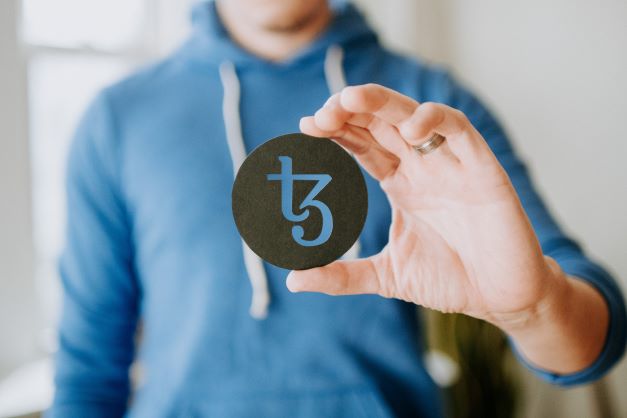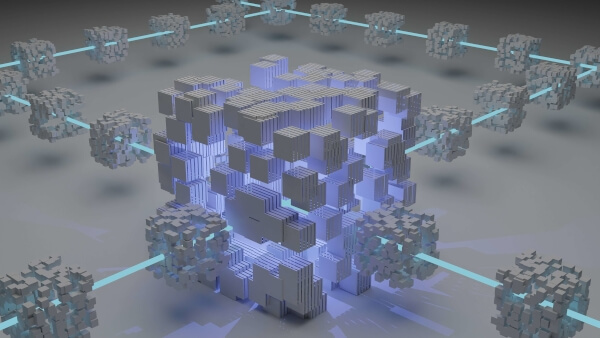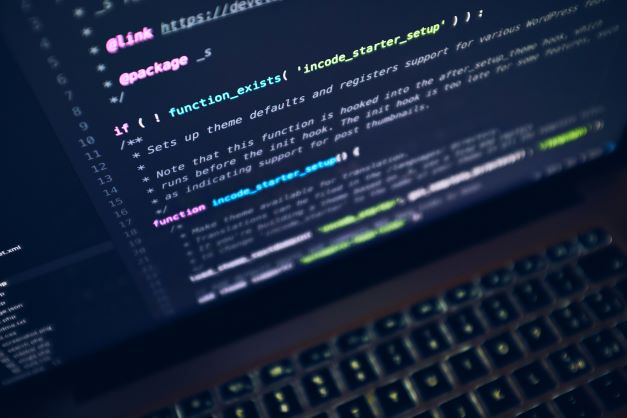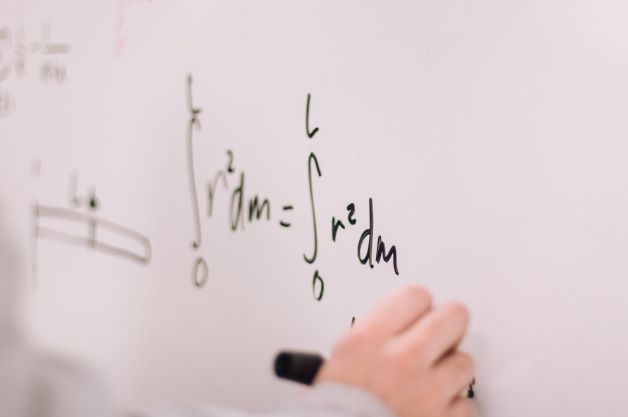Tezos, the public blockchain suited to business applications
Among all existing blockchains, Tezos has the sufficient maturity and technical characteristics to develop the next generation electronic signature solution. We explain why!

Decentralization, the biggest advantage of public blockchains
It is the level of decentralization of a public blockchain that guarantees its reliability, unlike a PKI infrastructure or a private blockchain that is controlled by a centralized organization. Indeed, on a highly decentralized public blockchain, hundreds or even thousands of nodes produce and validate blocks without interruption and store the state of the blockchain in an unalterable and permanent way, thus preventing risks of fraud, attacks or service interruption. A public blockchain also provides the transparency increasingly sought by users who are more and more defiant of centralized control organizations.

Built to last
There are hundreds of public blockchains, however only a few of them have the sufficient technical and economic characteristics to make them a truly sustainable solution.
Tezos is a highly decentralised public blockchain with over 400 bakers (=miners). It ranks among the top 100 cryptoassets and has a market capitalisation of nearly €1 billion.
It stands out from other blockchains thanks to its original technical characteristics that overcome the main limitations of existing blockchains such as Bitcoin. Because of its differentiating qualities, every day more and more companies, industrial actors and financial institutions choose Tezos like us.

Mature for electronic signature applications
The concept of blockchain emerged in 2008 and the first block of the Bitcoin blockchain was produced in 2009. In 2014, the creation of the Ethereum blockchain together with the introduction of smart contracts and decentralized applications represented a major turning point as it allowed to consider uses of blockchain other than cryptocurrencies. It was at this point that financial institutions and the industry really started to take an interest in blockchain applications, which have continued to grow ever since.
Today, there are still very few electronic signature solutions based on blockchain technology. Most of them are based on the public blockchains Bitcoin or Ethereum or on private blockchains such as Hyperledger Fabric.
Bitcoin is probably the most secure blockchain due to its size and level of decentralisation, but it has the major disadvantage of being based on a proof-of-work consensus algorithm. This consensus establishes that in order to produce a new block, a node must be the first to solve a complex mathematical problem. This results in particularly high transaction processing costs and times, as well as excessive energy consumption. This explains why Bitcoin-based electronic signature solutions are very limited today.
Unlike proof-of-work, Tezos implements a proof-of-stake consensus mechanism which is much more energy-efficient as it involves selecting a validator based on the amount of cryptocurrency it puts into play.
Regarding network speed, Tezos currently processes up to 1,000 transactions per second (TPS). Upcoming developments should allow to reach the million TPS range and thus meet the growing market demand. In comparison, Bitcoin processes up to 7 TPS and Ethereum up to 100 TPS. All this essentially explains why electronic signature solutions based on Bitcoin or Ethereum are very limited today.

An ever-lower energy impact
Energy-efficiency is part of Tezos' design principles. Its energy consumption is 0.001 TWH for Tezos versus Ethereum 26 TWh; Bitcoin 130 TWh. A PWC report estimated the consumption of the Tezos blockchain in 2021 as equivalent to that of 17 global citizens. Not to mention, Tezos' efficiency is steadily improving as the protocol is updated.
Thanks to its commitment to eco-responsibility, Tezos is the blockchain of choice for building sustainable applications, which is what you would expect from any electronic signature solution.

Designed to evolve
Tezos has a self-amending mechanism associated with an explicit on-chain governance.
Any developer can propose an evolution that will be submitted to the vote of the blockchain participants and that will go through an acceptance process in several phases, each lasting a given number of cycles. All participants can express their votes in proportion to the amount of Tez they hold.
A new version of the protocol will be released every 2 to 3 months.
The self-evolution of Tezos is one of its most outstanding and significant assets because it prevents the risk of hard forks as it has been the case in the past for Bitcoin and Ethereum. It also ensures that the blockchain will be able to continuously integrate new innovations while preserving the stability of the existing network. This self-evolution is a real guarantee of stability for users of the blockchain and explains in large part why more and more institutional, industrial and financial players are choosing Tezos.

Mathematically proven safety
Tezos smart contracts are compiled in Michelson, a strongly typed and turing-complete language, which allows formal verification methods to be applied to exhaustively prove the correct behavior of the code.
